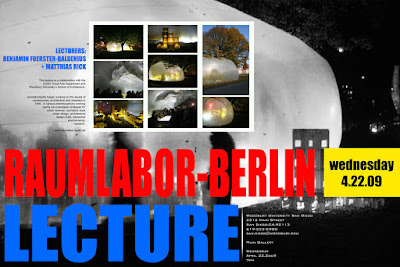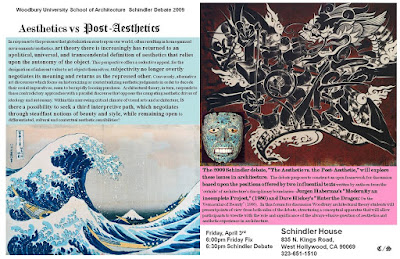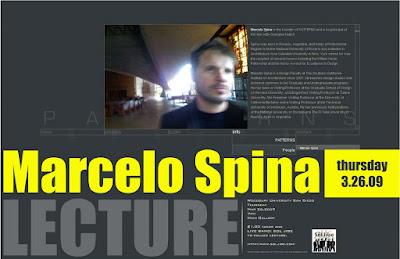
Conversations on Urban China: Jeffrey Kipnis and Thom Mayne
Conversations on Urban China with Sylvia Lavin
Director of Critical Studies and MA/PhD programs in UCLA’s Department of Architecture and Urban Design, Sylvia Lavin engages artists, architects, and curators in a series of lively discussions on how cities are increasingly molded by images rather than buildings; on whether art and architecture are converging to form an integrated type of cultural consumption; and if the concept of the masterpiece has finally been destroyed by the sheer quantity of global design production.
Jeffrey Kipnis is professor of architectural design and theory at the Knowlton School of Architecture at Ohio State University and architecture/design curator for the Wexner Center for the Arts. Thom Mayne, Professor, UCLA Department of Architecture and Urban Design, is principal of Morphosis, founded as an interdisciplinary and collective practice involved in experimental design and research.
ALL HAMMER PUBLIC PROGRAMS ARE FREE. Tickets are required, and are available at the Billy Wilder Theater Box Office one hour prior to start time. Limit one ticket per person on a first come, first served basis. Hammer members receive priority seating, subject to availability. Reservations not accepted, RSVPs not required.
Parking is available under the museum for $3 after 6:00
Public programs are made possible, in part, by a major gift from Ann and Jerry Moss.
Additional support is provided by Bronya and Andrew Galef, Good Works Foundation and Laura Donnelley, an anonymous donor, and the Hammer Programs Committee.





